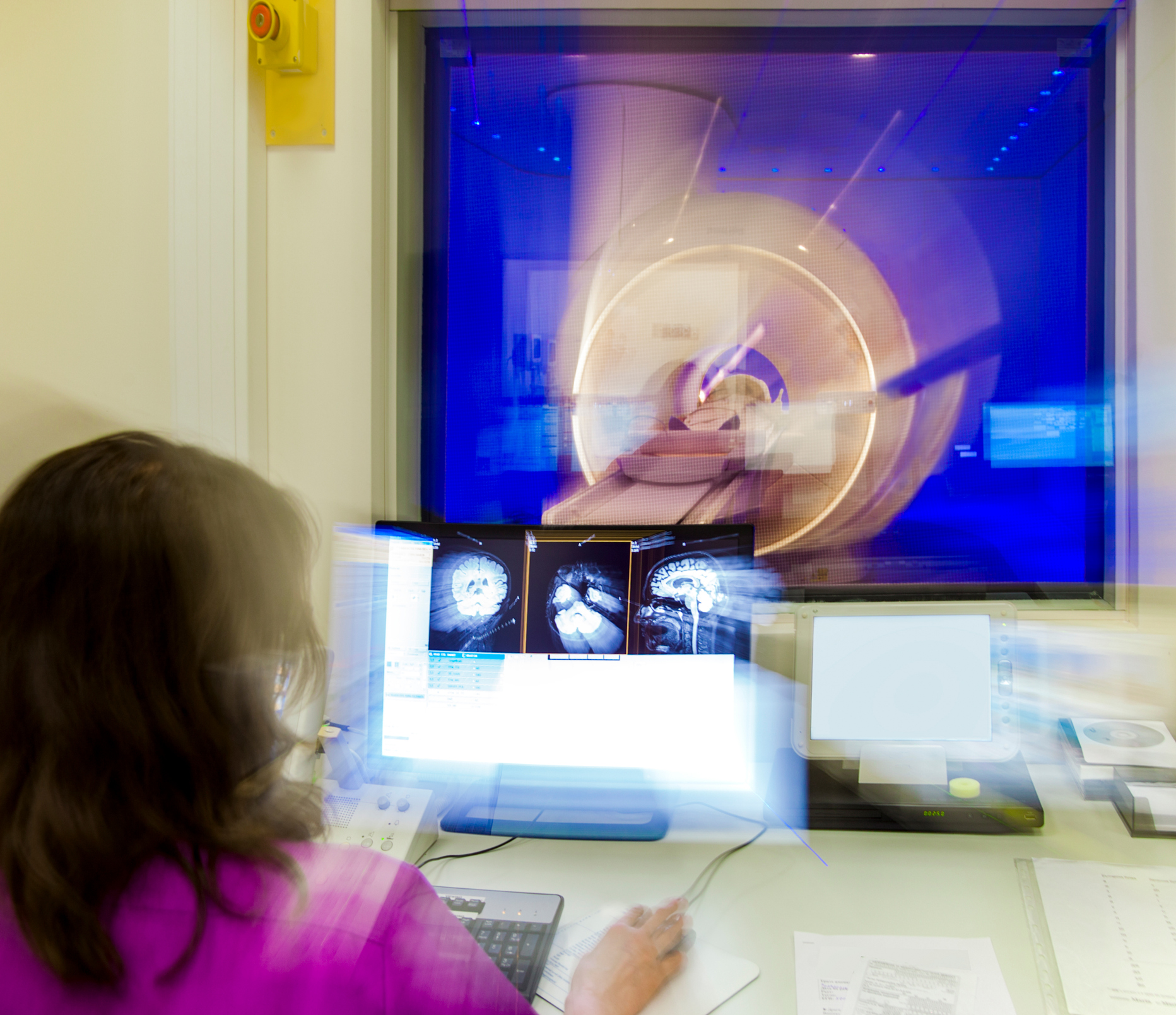Childhood brain tumors are the deadliest form of cancer in children. These tumors are difficult to diagnose and treat because of their location in the developing brain. Traditional methods like biopsies are invasive and risky, while treatments can have severe side effects. To realize the Bridge To A Cure Foundation’s vision to reduce the childhood cancer death rate by 50% by 2030, we’ll need a better way of not only treating deadly childhood brain tumors but also better ways to understand and diagnose them. That’s where technology will bring about the sea change we seek in research and treatment.
New Hope with Advanced Imaging
Advanced imaging techniques like MRI and DTI offer detailed views of the brain and tumor. However, doctors need more information to guide treatment. This is where radiomics comes in.
Radiomics: Decoding the Tumor Microenvironment
Radiomics uses advanced computer algorithms to analyze medical images and extract valuable data. This data reveals the activity of the immune system within the tumor, which plays a crucial role in how the cancer responds to treatment. Radiomics can potentially predict a patient’s response to immunotherapy, a promising treatment for some brain tumors.
A Study in Action: Predicting Immune Response
A recent study by Dr. Anahita Fathi Kazerooni, Ph. D., Faculty at The Children’s Hospital of Philadelphia (CHOP), used radiomics to analyze the immune response in pediatric brain tumors. They found three distinct immune response groups, with one group showing a stronger response that might benefit from immunotherapy. This opens the door for using scans to identify patients who could potentially benefit from immunotherapy upfront, avoiding invasive procedures.
Generative AI: A Virtual Treasure Trove
Researchers are exploring Generative AI, a subfield of AI that can create realistic synthetic data. In this case, AI can generate virtual brain tumor images that mimic real tumors. This offers several advantages in the search for more effective therapies:
Training AI Algorithms: Generative AI can create more data for training algorithms, leading to more accurate tumor detection, classification, and treatment prediction.
Reduced Need for Big Data: AI models require a lot of data for training. Generative AI can help overcome this limitation.
Simulating Treatment Scenarios: Virtual tumor models allow researchers to test different treatment options on a computer, helping to personalize treatment plans and minimize patient risks.
Collaboration is Key: CBTN and D3b
To beat childhood brain tumors, we’ll need help, and our strong partnerships with Children’s Brain Tumor Network (CBTN), a global network of pediatric brain tumor research institutions that provide research and clinical trial resources, are the best partners to have. Also, a major part of this collaborative effort is the Center for Data-Driven Discovery in Biomedicine (D³b), which focuses on using AI and big data for medical discoveries across childhood cancer and other rare diseases. This powerful collaboration combines expertise in brain tumors with leading-edge technology to accelerate the fight against America’s #1 killer of kids by disease.
The Path to a Cure: A Call to Action
Integrating advanced imaging and generative AI offers a revolutionary approach to treating childhood brain tumors. This collaboration holds immense promise for earlier diagnosis, personalized therapy, and cures. However, continued support, such as research funding, public awareness campaigns, and clinical trial participation, is crucial. Together, we can create a future where childhood cancers are a distant memory, replaced by the joy and potential of healthy, thriving children.






